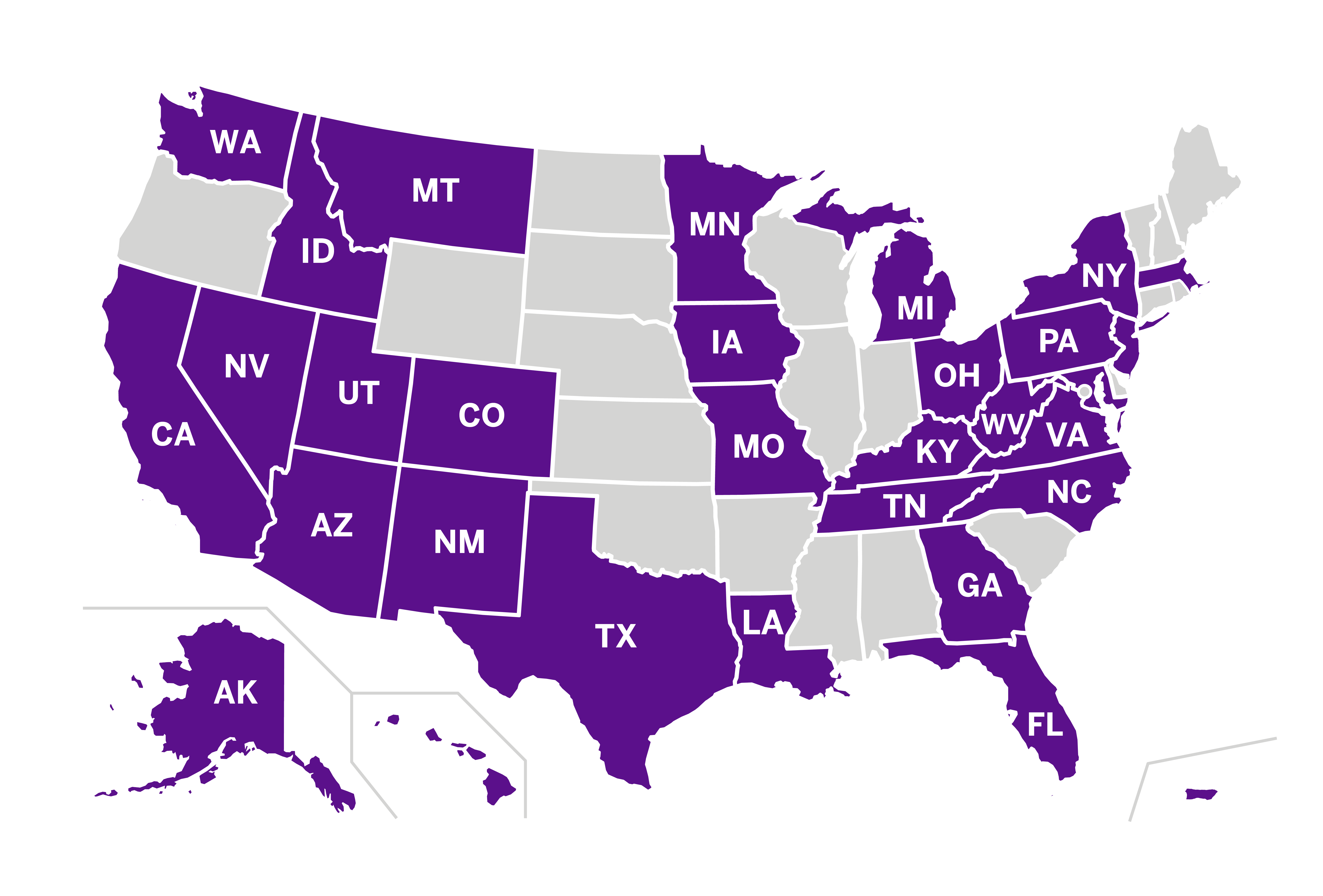- Multidisciplinary oral health care for various patients, including those with special needs
- Restorative dentistry, removable & fixed prosthodontics, periodontal therapy, endodontic therapy, oral surgery, evaluation & treatment of dental emergencies, pain & anxiety control utilizing behavioral and/or pharmacologic techniques
- Clinical and academic mentorship by experienced faculty
- Implants didactic curriculum and hands-on workshops for sites that currently don't offer implant training
- Optional Invisalign certification (phase 1)
- Flexible, on-demand didactic curriculum that qualifies for a fellowship in the Academy of General Dentistry
- Stipend and generous benefits (including medical, dental, vision & liability insurance, prescription plan, PTO days, holidays, and continuing education days)
- State licensing through program pathway in lieu of clinical board exam (CA, CT, NY, OH, VA, WA)
- Post-training employment opportunities
- Opportunities for loan deferrement
Click on the map to view training sites locations:
